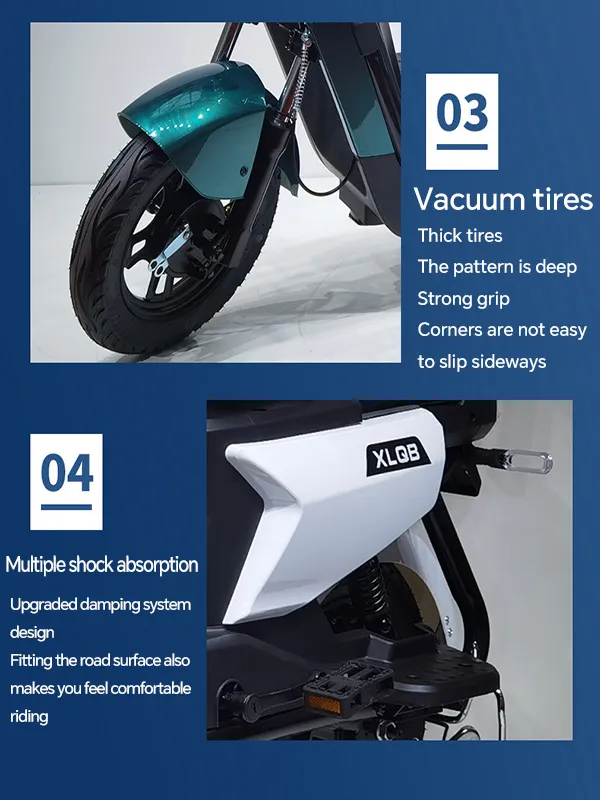
- Afrikaans
- Albanian
- Amharic
- Arabic
- Armenian
- Azerbaijani
- Basque
- Belarusian
- Bengali
- Bosnian
- Bulgarian
- Catalan
- Cebuano
- Corsican
- Croatian
- Czech
- Danish
- Dutch
- English
- Esperanto
- Estonian
- Finnish
- French
- Frisian
- Galician
- Georgian
- German
- Greek
- Gujarati
- Haitian Creole
- hausa
- hawaiian
- Hebrew
- Hindi
- Miao
- Hungarian
- Icelandic
- igbo
- Indonesian
- irish
- Italian
- Japanese
- Javanese
- Kannada
- kazakh
- Khmer
- Rwandese
- Korean
- Kurdish
- Kyrgyz
- Lao
- Latin
- Latvian
- Lithuanian
- Luxembourgish
- Macedonian
- Malgashi
- Malay
- Malayalam
- Maltese
- Maori
- Marathi
- Mongolian
- Myanmar
- Nepali
- Norwegian
- Norwegian
- Occitan
- Pashto
- Persian
- Polish
- Portuguese
- Punjabi
- Romanian
- Russian
- Samoan
- Scottish Gaelic
- Serbian
- Sesotho
- Shona
- Sindhi
- Sinhala
- Slovak
- Slovenian
- Somali
- Spanish
- Sundanese
- Swahili
- Swedish
- Tagalog
- Tajik
- Tamil
- Tatar
- Telugu
- Thai
- Turkish
- Turkmen
- Ukrainian
- Urdu
- Uighur
- Uzbek
- Vietnamese
- Welsh
- Bantu
- Yiddish
- Yoruba
- Zulu
Nov . 21, 2024 00:55 Back to list
mountain bike rear derailleur
Understanding the Mountain Bike Rear Derailleur A Crucial Component for Performance
Mountain biking is an exhilarating sport that combines the thrill of speed, agility, and exploration of rugged terrains. One of the critical components that contribute to a mountain bike's performance is the rear derailleur. This essential piece of equipment not only helps in shifting gears smoothly but also plays a significant role in enhancing the overall riding experience.
What is a Rear Derailleur?
The rear derailleur is a mechanism attached to the rear of a mountain bike, responsible for shifting the chain between different gears located on the rear cassette. It is designed to guide the chain smoothly onto various cog sizes, allowing the rider to change gears according to the terrain and riding conditions. The derailleur's spring-loaded arm moves side to side, pushing the chain into the selected gear. The design is intricate yet effective, making it one of the most important components of a mountain bike drivetrain.
Components of a Rear Derailleur
A typical rear derailleur consists of several parts
1. Body The main structure that houses the pulley system and mounting points. 2. Pulleys There are usually two pulleys – an upper and a lower one. These pulleys play a crucial role in guiding the chain as it moves from one cog to another.
3. Spring Tension This part maintains the alignment of the derailleur. It ensures that the chain remains under proper tension, which is essential for effective gear shifting.
5. Cable Actuation The derailleur is connected to the shifters via a cable. When the rider shifts gears, this cable pulls or loosens, prompting the derailleur to move and shift the chain.
mountain bike rear derailleur

Types of Rear Derailleurs
Rear derailleurs come in various types, tailored to different riding styles and weather conditions
1. Shadow and Shadow Plus These derailleurs feature a unique design that keeps the mechanism tucked away, reducing the risk of damage while riding in rough terrain. The Shadow Plus version offers added chain stability, which is beneficial for aggressive riding styles.
2. Standard Derailleurs These are more traditional designs that, while functional, may not offer the same level of protection from obstacles as the Shadow models do.
3. Wide-Range Derailleurs Designed for bikes with a broader gear range, these derailleurs offer improved shifting performance across varying terrains.
The Importance of Proper Maintenance
Maintaining the rear derailleur is crucial for optimal performance. Regular inspections can help identify wear and tear, ensuring that the chain runs smoothly over the cogs. Common maintenance tasks include cleaning the derailleur, lubricating the pulleys, and adjusting the cable tension.
Proper adjustment of the derailleur limits is also essential to prevent the chain from falling off during gear shifts. Riders should regularly check and tweak the B-limit screw and the high and low limit screws to ensure reliable gear transitions.
Conclusion
The rear derailleur is a vital component of any mountain bike, significantly influencing the bike's performance and the rider's overall experience. Understanding how it works, alongside regular maintenance, can lead to improved gear shifting and a more enjoyable ride. As you embark on your mountain biking adventures, take a moment to appreciate this ingenious mechanism that ensures you can tackle climbs and descents with confidence and ease.
-
The Ultimate Kids' Four-Wheeler Experience
NewsJul.09,2025
-
The Ultimate Guide to Mountain Bikes: Gear Up for Your Ride
NewsJul.09,2025
-
The New Age of Cycling: Electric Bikes for Every Rider
NewsJul.09,2025
-
The Best Kids Bicycles: Ride in Style and Safety
NewsJul.09,2025
-
The Best 3-Wheel Scooters for Kids: Fun, Safety, and Adventure
NewsJul.09,2025
-
Revolutionize Your Ride: Affordable Electric Bikes
NewsJul.09,2025
-
Finding the Perfect Mountain Bike for Every Rider
NewsJul.09,2025



